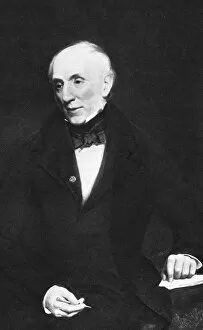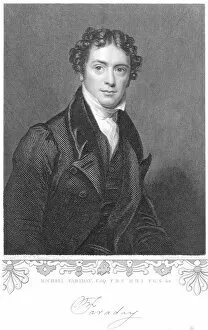Henry William Pickersgill Collection
Henry William Pickersgill was a renowned English artist of the 19th century, known for his exceptional engravings and portraits
All Professionally Made to Order for Quick Shipping
Henry William Pickersgill was a renowned English artist of the 19th century, known for his exceptional engravings and portraits. Born in the 1860s, he collaborated with John & Charles Watkins to create captivating artworks that immortalized notable figures of his time. One of Pickersgill's remarkable works is "Pathfinders - Bulwer Lytton, " painted around c1831. This masterpiece showcases his artistic prowess as he skillfully captures the essence of this influential figure. Another striking portrait by Pickersgill is "Henry Benjamin Hanbury Beaufoy" from c1848, where he flawlessly depicts the subject's character and charisma through intricate brushstrokes. Not limited to individuals, Pickersgill also ventured into capturing historical events and achievements. In one such instance, he beautifully illustrated George Stephenson on a series of cigarette cards in 1935, highlighting the significance of this pioneering engineer's contributions. Furthermore, Pickersgill portrayed General Rowland Hill during his tenure as Commander-in-Chief of the British Army in the early 19th century. The artwork created between c1830-c1835 showcases both Hill's military prowess and Pickersgill's attention to detail. In addition to these prominent personalities, it also depicted influential writers and scientists like Hannah More and William Wordsworth respectively. Through their portraits from different eras, we can witness how Pickersgill captured their intellectuality and creativity with great finesse. Pickersgill's talent extended beyond portraiture; he also delved into botanical illustrations. His depiction of Robert Brown highlights not only Brown's contribution as a British botanist but also demonstrates Pickergsill’s versatility as an artist. Lastly, Richard Owen stands tall among those who were immortalized by Henry William Pickereskill’s artistry. As a British paleontologist whose work revolutionized the field, Owen's portrait reflects his dedication and scientific curiosity.












